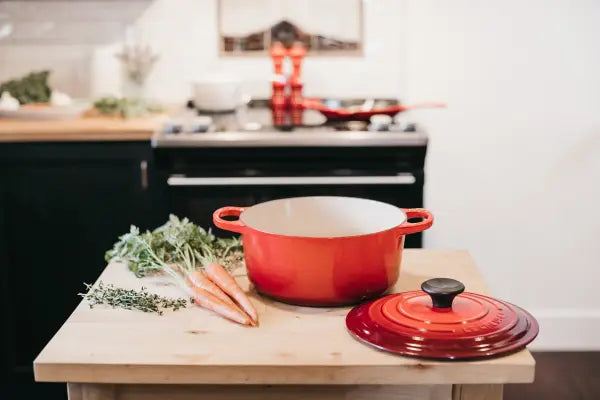Everything you need to know about milk quantity for bébé, breastfeeding or formula.

I remember when my son was born, I was obsessed with how much milk he was drinking and was tracking every single feeding on an app on my phone. How many times he would nurse from each breast, for how long, how much did I express while pumping and how many bottles.. Etc.. It became quite the obsession and instead of really enjoying this time, I was busy entering everything on my phone to track and counting how many feedings he needed in a day. Nursing my child in the first month after he was born was very much stress-inducing. And to be entirely honest, from the moment my son was born, I felt pressured to feed him with breastmilk. While I don’t regret doing it, I just wished I had the ability to not overstress about it, which would have helped me to enjoy the experience more.
After getting the hang of it I started introducing formula to my baby’s diet in addition to breastmilk and it was the best decision I had taken. I was able to breastmilk whenever I wanted, in convenient moments such as morning or late afternoon/evening. Dad was involved in the feedings too so I felt less pressure from doing this just by myself.
Now I was lucky to have a baby that was happy to switch from breast to bottle nipples without any problem; and this way of doing is what worked for me. Whatever you decide to do, breastfeed or formula, pump to know the quantity or feed from your breast, just stick to what makes you feel good and appreciate the moment as much as you possibly can.
Now that being said, the quantity from birth to toddler years is always THE big question and it is completely normal to ask this question to yourself.
In this article I’ll give you some tips by age to know the quantities to give your bébé but a few things to note:
- If you have any concerns, always check with your baby’s doctor who will be able to advise you according to your bébé’s growth charts.
- The contents of this article are not fixed guidelines, each baby is unique!
- In this article, milk refers to formula or breastmilk only.
Quantity of milk per day for a bottle-fed baby
After one week of life, most babies consume about 2.5 to 3 oz of milk per pound and this could be applied as a guidance until 6 month of age. However while this could be a cool rule to go by, volumes may vary and getting to know your baby’s signs of fullness will happen to be a much better rule to follow. However you can certainly apply that rule and also use the below guidelines to help you:
From birth to one month old: bébé will drink about 18-22 oz of milk daily to be divided in an average of 6 bottles (about 3 oz in each bottle).
From 1 to 3 month old: Quantity of milk increases to about 25 oz per day to be divided in an average of 5 or 6 bottles (4 to 5 oz per bottle).
From 3 to 6 month old: This is the period of time when your baby will most likely get started on solid food! Exciting! At this point your LO drinks about 30 oz of milk per day to be divided in 4 to 6 bottles (5 to 7-8 oz per bottle).
Quantity of milk per day for a breastfed baby
It doesn’t matter if your baby is breastfed or formula-fed, the needs remain the same. But when a baby is breastfed, it’s particularly stressful, in particular with a first child, to know if they have had enough. From birth to the introduction of solid food, there will be about 5 to 12 feedings a day, most likely on demand.
We’ve started the introduction of solid food, now what?
When solid food is introduced, servings will be tiny. No need to overthink it, complementary food is not replacing milk intake for the first 12 month of bébé’s life. The intake of milk can remain the same that it was and as food intake increases overtime, milk consumption will decrease. The introduction of solid food will increase the total calories that your baby consumes in a day which will allow them to meet their growing daily nutritional needs.
But if we have to give a quantity, it means that from 6 to 12 month old, bébé will slowly go from 30 oz a day to about 20 oz a day, split in 4 feedings at the beginning and eventually down to 2 closer to 12 month old.
The toddler years (1 to 3 years old)
I’ve been reading a lot about the milk schedule after Bébé’s first birthday. And in particular about
giving a bottle to a toddler. As La Leche league rightfully said, ““First it is your milk with solids for the joy of it; eventually it’s solids with your milk for the joy of it”. Feeding your baby with breastmilk or formula after 1 year old is a personal choice, for your baby’s comfort, and for your own peace of mind too! A few things to keep in mind:
- In terms of quantity, the milk intake should not go above 16 oz a day as to not replace the now more than necessary nutrients from food intake.
- If possible, feedings should take place during the day so that we can brush Bébé’s little teeth before going to bed as milk contains a lot of sugar.
And what about a feeding schedule?
Again here, no pressure! If feeding is on demand, then be it. But if you feel like it, gently putting your baby onto a feeding schedule will help organize your daily life, in particular after solid food is introduced. Have look into the below sample feeding schedule that also includes naps and bedtime suggestions. Tracking your baby sleep early one is a good way to set up a healthy routine for your little one. There are great tools out there to help you log all these new experiences as your baby grows. Our favorite is the baby tracker app Smart Sleep Coach by Pampers.



Leave a comment